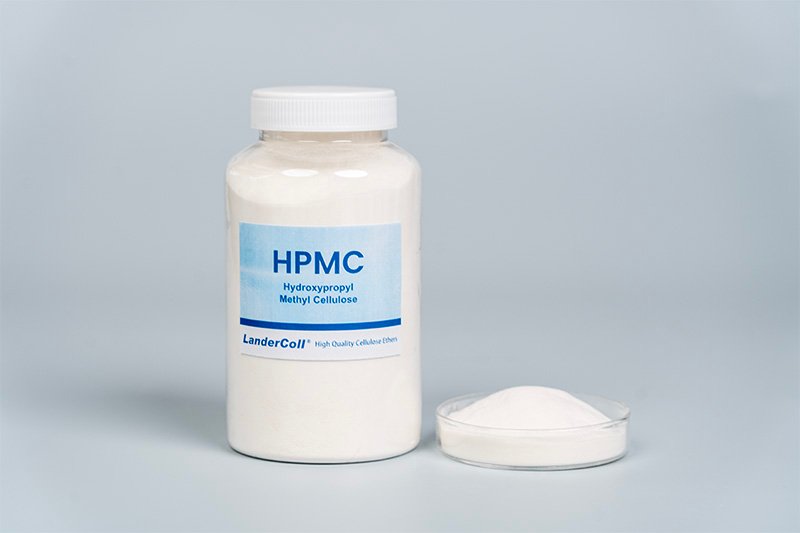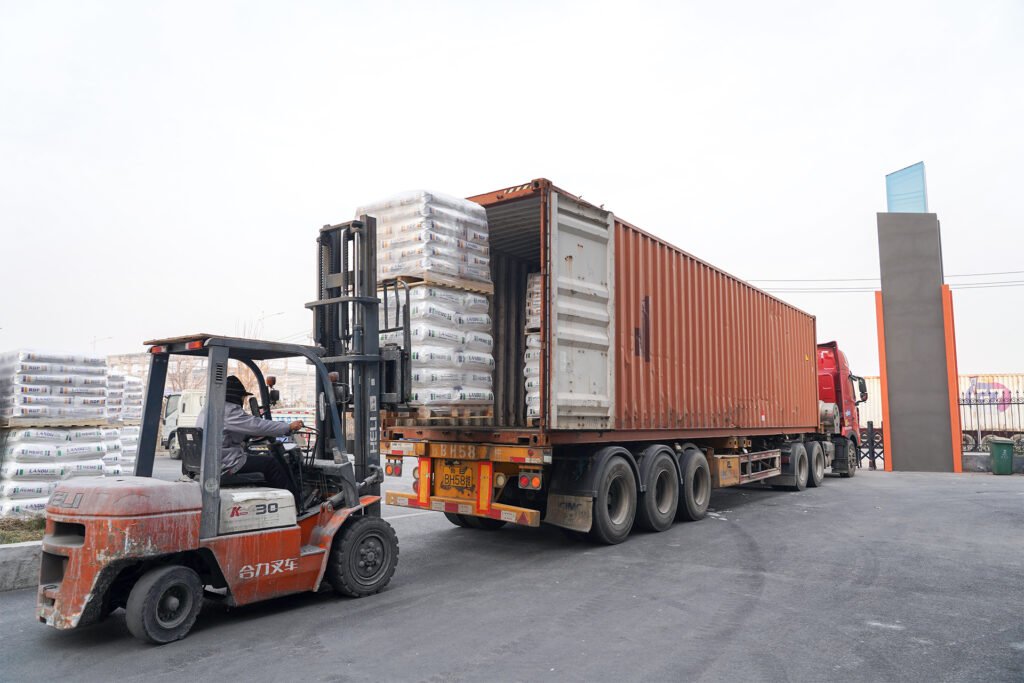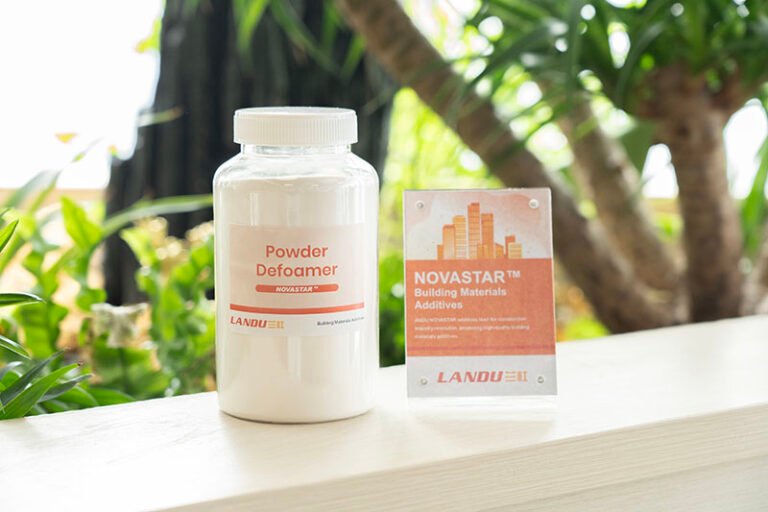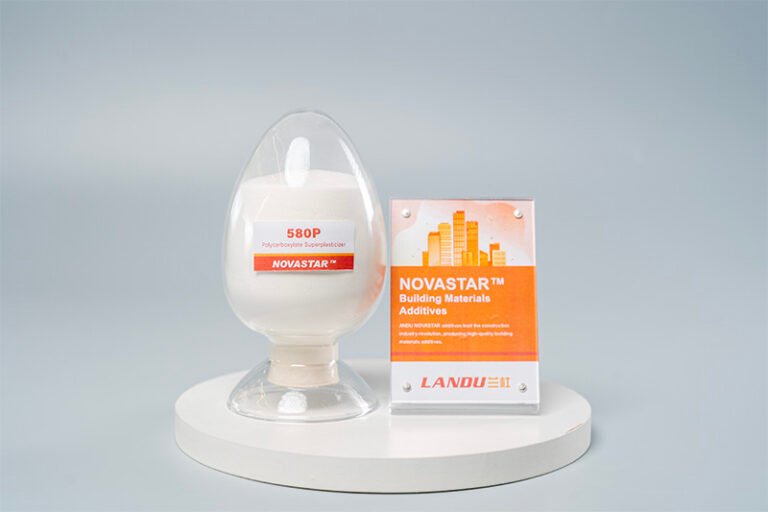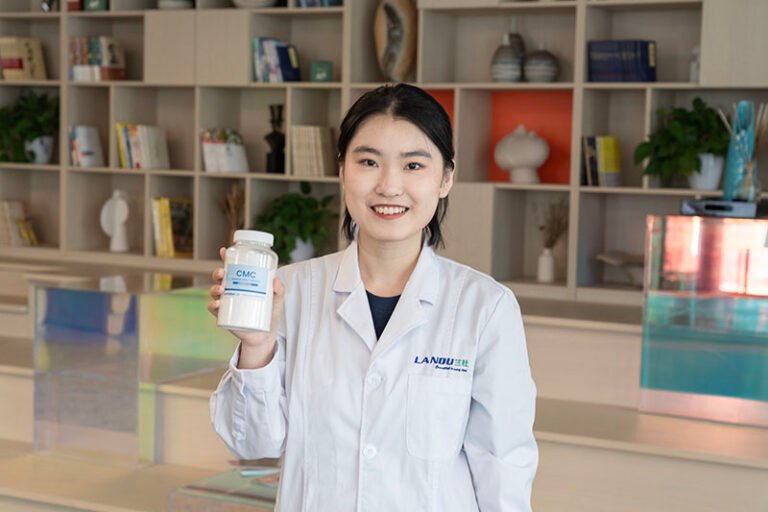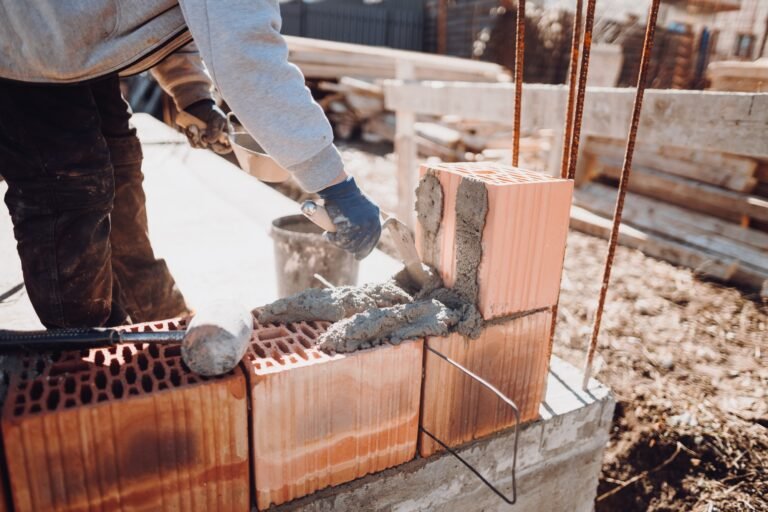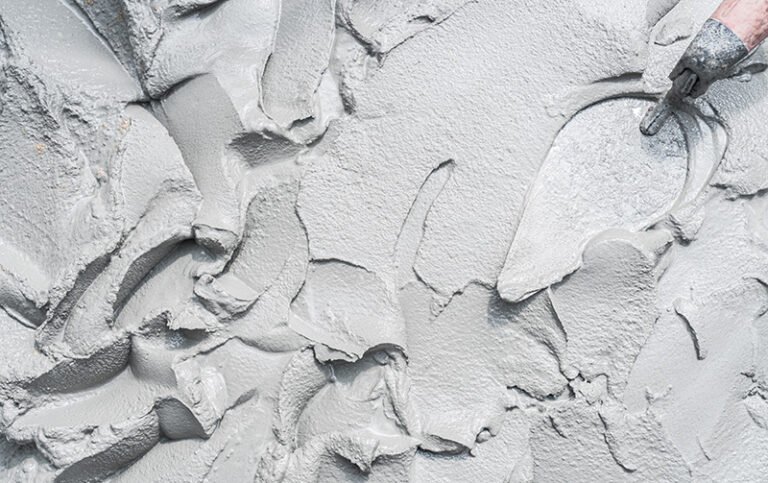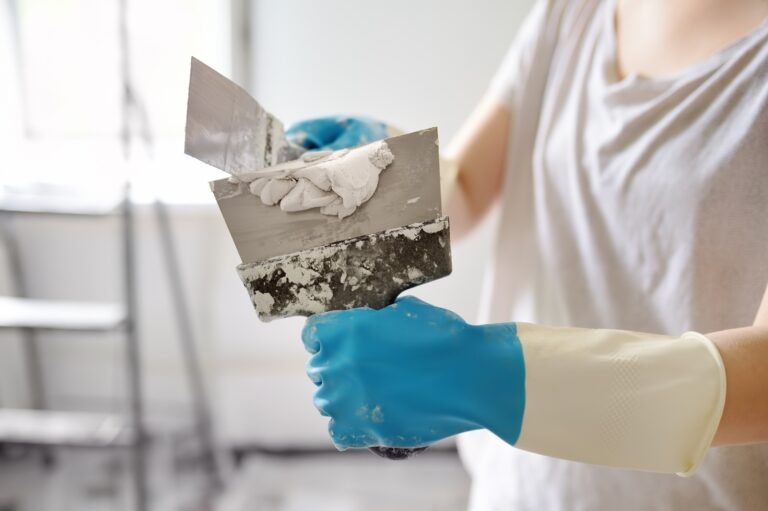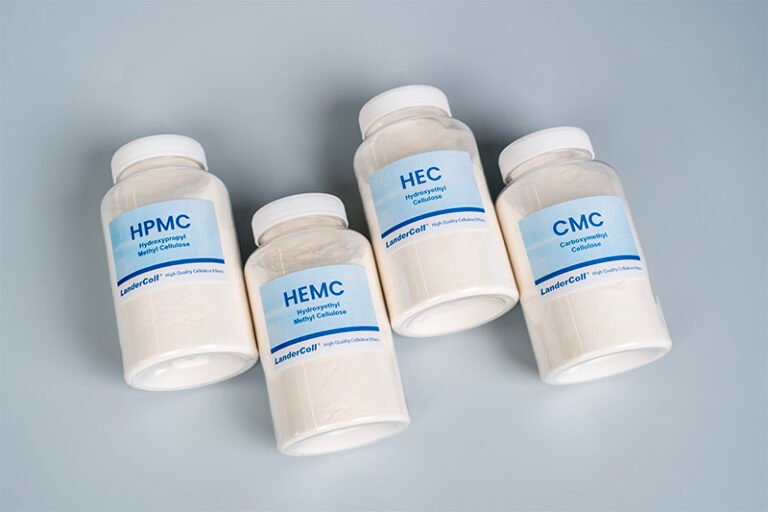Picking the suitable HPMC variant is vital. The primary factors include density level, modification style, and granule dimensions.
Density category: Often listed as mixture density (e.g., mPa·s or cP) under set conditions using a norm (commonly Brookfield at 2% aqueous, 20–25°C, or tube method for lighter types). Elevated density options offer firmer moisture hold, superior droop prevention, and bolder texture, though they activate slower and disperse with more challenge. Lighter density versions activate quicker, integrate smoothly, and introduce less bubbles, but provide a milder effect.
Modification kind/degree: Market HPMC lines differ in methyl versus hydroxypropyl ratios; these affect gelling heat, ion resistance, visibility, and densifying strength. Certain lines focus on handling duration and moisture security (ideal for warm, arid areas); others stress usability equilibrium, shift prevention, or transparency for hygiene goods.
Granule scale and coating: Smaller particles activate faster but may scatter dust. Coated (“slow activation”) types spread easily in liquids prior to swelling, avoiding clumps in wet processes. For premixed mortars, regular types are combined with binders, extenders, and enhancers, activating on water contact during application.
Typical Dosages and Formulation Guidance
Given HPMC’s high effectiveness, minimal quantities suffice. Precise amounts hinge on binder volume, aggregate sizing, environment, target handling span, and paired enhancers. These general brackets offer a foundation for early experiments:
Cement-based bonding agents (C1/C2): roughly 0.2–0.6% of total dry weight, tailored to weather and goals (shift control, handling duration, moist grip).
Thin layers and surface fillers: about 0.2–0.5% for easy spreading, flaw resistance, and anti-droop.
Coatings/renders (binder or plaster): around 0.15–0.4% for bonding, moisture security, and pliability.
Restoration blends and fillers: approximately 0.1–0.3% to harmonize movement and steadiness without excess bubbles.
Flowing base layers (SLUs): light-density types at about 0.05–0.2% for leach prevention and border security without flow hindrance.
Hygiene fluids (e.g., detergents, sanitizers): varies by blend; typically 0.1–1.0% for mild to moderate density; assess interaction with emulsifiers and ions.
These brackets are entry points. Lab refinement should address pliability (spreading effort, shift), handling span, initial durability growth, bonding tension, and aesthetics.
Compatibility With Other Admixtures
HPMC integrates smoothly with additional performance boosters in mortars and detergents. Key synergies include:
Redispersible latex powders (RDPs/VAE): In bonding agents and thin layers, RDPs heighten grip and pliancy; HPMC bolsters moisture security and pliability, frequently allowing reduced latex use while upholding results.
Starch derivatives: Boost droop resistance and refine spreading sensation; teamed with HPMC, they calibrate usability features.
Fiber elements and fine strands: Curb fracturing and enhance recovery after shear; HPMC sustains hydration for reaction and connection.
Bubble reducers: HPMC might trap air in blending; a specific reducer manages volume and optimizes pressure resistance.
Flow enhancers/high-range reducers: For movable mortars or SLUs, carboxylate-based agents (PCEs) cut liquid needs; HPMC adds leach steadiness.
Delayers and speeders: HPMC could mildly prolong hardening via moisture hold; timing regulators can align for quick or standard curing.
Processing and Mixing Best Practices
The method of incorporating HPMC matters as much as the quantity.
Dry-mix mortars
Pre-blend: Mix HPMC evenly with binders, aggregates, extenders, and extras. Uniform spread in dry form prevents uneven dosing and site inconsistencies.
Liquid incorporation: Introduce water to the dry base during powered stirring; permit a brief pause (e.g., minutes) post-wetting, then restir for complete activation and velvety texture.
Tools and agitation: Employ on-site stirrers with sufficient force to disperse clusters. Excess agitation may boost bubbles; track volume and refine stirring duration.
Liquid systems (daily chemicals)
Initial wetting: For standard types, dust HPMC gradually into a swirling pool of ambient water with balanced agitation to dodge clumps. For slow-activation types, scatter completely before triggering swelling via heat or acidity tweaks per supplier advice.
Sequence of additions: Activate HPMC prior to high ion or emulsifier loads to prevent early density spikes that capture unmixed grains.
Bubble removal: If suds form, lower agitation, slow input, and/or include a matching bubble reducer.
Performance Testing and Quality Control
A systematic evaluation approach accelerates refinement and reliability.
Construction mortars
Density and flow: Brookfield measures and spread tests gauge texture and uniformity. Recovery metrics signal droop control and spreading ease.
Moisture security: Blotting or absorption plate assays check resistance to base drainage.
Shift/droop evaluations: Gauge upright movement of elements under weight; confirm adherence to local norms.
Handling duration: Affix elements at timed gaps and assess grip to set viable period under given heat and moisture.
Grip durability: Detachment tension (e.g., post-28 days, plus liquid or thermal exposure) verifies connection quality.
Volume/bubble level: Monitor for durability aims; tweak reducer or stirring if bubbles exceed limits.
Hardening and resilience: Needle or probe for timing; pressure/bend tests for build integrity.
Daily chemicals
Density curve: Assess across agitation speeds (e.g., RV/HA tools) to chart dispense/drip traits and touch.
Durability: Run spin, thermal loops, and extended holding to review phase security and visibility.
Sudsing: Foam height or shake assays (if tied to claims).
Integration: Check scent, tint, and protector reactions long-term.
Climate and Job-Site Considerations
Actual environments heavily shape HPMC choice and quantity.
Warm, arid settings: Favor types with robust moisture security and elevated gelling point to prolong handling and curb crusting. Minor quantity boosts may help.
Chilly conditions: Opt for quick-activating types that avoid heavy delays. Sustain storage warmth to block dampness absorption and clumping.
Porous bases: Amplify moisture security against rapid draw; moisten base beforehand if suitable.
Upright uses: Employ denser types or recovery-boosting mixes (with starch or chosen extenders) to limit settling.
Air Entrainment: How Much Is Too Much?
Modest trapped bubbles often aid pliability and ease spreading effort. But overabundance cuts volume and could weaken pressure resistance or raise permeability.
Mitigation strategies
Pick lighter-density or bubble-limiting types for durability-focused blends.
Refine agitation force and span; choose blade designs that curb swirling.
Incorporate a harmonious bubble reducer, ensuring no harm to grip or exterior look.
Safety, Handling, and Storage
HPMC is typically seen as low-risk with proper care. Basic safeguards include:
Dust management: Apply ventilation or masks for powder work; prevent inhaling particles.
Contact precautions: Don gloves and eyewear for handling and blending; cleanse affected areas with cleanser and water.
Preservation: Store in sealed original packs in a temperate, arid spot, distant from dampness and potent reactants. Dodge thermal spikes and sun exposure to keep powder flow.
Durability: In ideal conditions, lifespan is usually 1–2 years; reference supplier details and cycle inventory (oldest first).
Sustainability and Regulatory Considerations
Sourced from cellulose, HPMC aids the move to natural-derived performance agents. In building, superior moisture hold refines curing and cuts revisions and discards. In hygiene items, effective densifying at small rates streamlines recipes. For particular rules (construction standards, green certifications, or product mandates), review supplier records, safety info, and conformity notes to match your region and purpose.
Comparing HPMC With Other Cellulose Ethers
Various cellulose derivatives may substitute occasionally, yet each excels in specific areas.
HPMC vs MC (methyl cellulose): HPMC generally provides finer dissolvability management, greater ion endurance, and adjustable gelling heat; it often yields superior harmony between handling span and pliability in binder systems.
HPMC vs HEMC/MHEC (hydroxyethyl methyl cellulose): HEMC suits bonding agents and coatings; picks rely on weather and aims. HPMC offers firm moisture security and internal strength, whereas HEMC might excel in elevated-heat moisture or value based on type. Testing both is advised.
HPMC vs HEC (hydroxyethyl cellulose): HEC prevails in coatings and care goods. In binder mortars, HPMC usually excels in moisture security and handling at lower amounts. In hygiene, either fits; decision rests on visibility, flow traits, and pricing.
Troubleshooting Guide
When blends underperform, explore these diagnostic steps.
Issue: Lumps or fish-eyes in solution
Probable reason: Swift surface activation; poor scattering.
Solutions: Adopt slow-activation type; enhance grain spread (gradual into swirl); cool liquid; boost early agitation; pre-combine with dries.
Issue: Excessive air and low density
Probable reason: Dense type with strong agitation; no bubble reducer.
Solutions: Cut agitation force or duration; choose lighter type; add harmonious reducer; seek low-bubble options.
Issue: Short open time or skinning in hot weather
Probable reason: Inadequate moisture security for setting.
Solutions: Boost HPMC amount modestly; pick type with firmer security or higher gelling; refine liquid volume and base wetting.
Issue: Sag/slump on vertical surfaces
Probable reason: Weak recovery or density.
Solutions: Elevate HPMC density or quantity; include starch; optimize aggregate sizing and fines; check latex interaction.
Issue: Slow setting or delayed strength gain
Probable reason: Excess moisture hold; cool temps; mismatch with speeders.
Solutions: Trim HPMC amount; select lighter security type; adjust speeder kind or level; verify binder and heat.
Issue: Poor adhesion or low pull-off strength
Probable reason: Insufficient latex, high bubbles, or premature drying.
Solutions: Harmonize latex volume; manage bubbles with reducer; secure curing; confirm base prep.
Application Snapshots in Construction
Bonding agents (thin-bed): HPMC boosts handling span, moist hold, and shift control. Users enjoy a creamy, even texture with firm ridges that secure placements yet permit tweaks.
Thin layers and fillers: Superior moisture security cuts voids and polishing marks; spreading flows steadily, yielding even, premium surfaces for coatings or decor.
Binder/plaster coatings: Greater internal strength, longer pliability, and less droop produce straighter, uniform structures.
Flowing bases: Light HPMC aids leach prevention and rim steadiness without flow disruption.
Restoration blends and fillers: Enhanced recovery and uniformity assist clean void filling, with reduced contraction risks.
Exterior systems/base layers and coatings: HPMC’s coating and flow management aid fiber spread, leveling, and uniform finish on broad areas.
Application Snapshots in Daily Chemicals
Sanitizing foams and washes: HPMC delivers creamy, supportive density, managing leaks and aiding application while preserving visibility (type-specific).
General and tough-area detergents: Secures held agents or tints; avoids settling in concentrates and dilutions; aids mark-free cleaning.
Balms and emulsions: As non-charged agent, HPMC supports densifying to strengthen blend security, boost texture, and refine distribution.
Dental products: Serves as connector to manage form and curb leakage; evenly holds scrubs and agents.
Why Landercoll HPMC?
Landercoll HPMC is designed to act as smoother, holder, and densifier—all at once. In blends, this means simpler stirring, effortless spreading, firm moisture for longer handling, and trustworthy droop prevention. In hygiene recipes, it brings effective densifying with pure touch and strong reliability across varied settings. With uniform quality and tailored density options, even tiny amounts yield clear enhancements in end-item results.
Branded variants like Landercoll HPMC distinguish through not only composition but production oversight: precise granule spread for reliable wetting, modifications suited to uses, and stable lot-to-lot reliability. This accuracy eases expansion—be it manufacturing bulk bonding powders or bottling vast sanitizer runs.
Practical Formulation Tips and FAQs
How do I select an initial density level?
For bonding and upright coatings, start with medium-to-elevated densities for firm shift control. For flowing or pump blends, begin light. In fluids, align type to desired density at typical force; test rapidly with varied brackets.
What if I require extended handling without excess bubbles?
Favor a type tuned for moisture and span, beyond mere density. Combine with low-sud mixer setup and, if needed, a bubble reducer.
Can the same HPMC type serve mortars and hygiene?
Occasionally, yes; but needs vary. Building types stress recovery and security in binder settings, while hygiene ones emphasize visibility and flow sensation. Evaluation is key.
Does HPMC influence enduring durability?
Aptly measured HPMC aids reactions by sustaining moisture, typically aiding resilience. High bubbles or excess can cut volume; counter with reducers and refine design.
What’s optimal for dodging clumps?
In fluids, use slow-activation types or scatter into vigorous swirl with measured input and balanced force. In dries, blend fully and pause briefly post-wetting before end stirring.
From Lab to Plant: Scale-Up Considerations
Grain management: Secure closed handling and dust curbs; tune feeders for precise, low-volume dosing.
Agitation match: Align bench force to factory stirrers; ensure total activation sans over-bubbling.
Quality brackets: Set tolerances for density, volume, moisture security, shift, and handling. Oversee key inputs (binder fineness, aggregate dampness, emulsifier amounts) for steadiness.
Seasonal tweaks: Plan quantity shifts and type swaps by weather; log formulas for warm and cool efficacy.
Conclusion
Hydroxypropyl methyl cellulose is a minor element with major influence. In binder mortars and coatings, HPMC’s moisture security and flow management enable seamless usage, longer handling, less droop, and superior bonding. In routine hygiene goods, this polymer delivers reliable densifying, appealing consistency, and wide harmony. Choosing the right type and amount—coupled with solid methods—converts HPMC’s natural flexibility into tangible, consistent excellence.
Whether developing bonding agents, thin layers, coatings, flowing bases, or domestic detergents, Landercoll HPMC provides a solid path to enhanced outcomes. At small rates, it operates as smoother, holder, and densifier, offering your end item easier control, uniform excellence, and refined polish.

